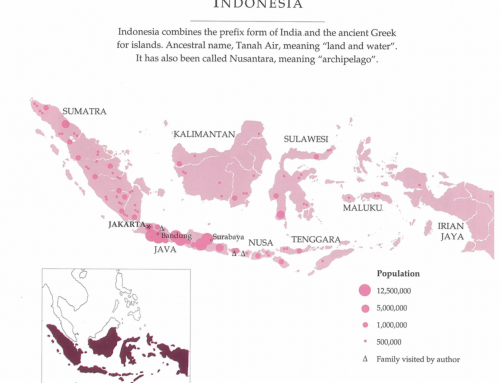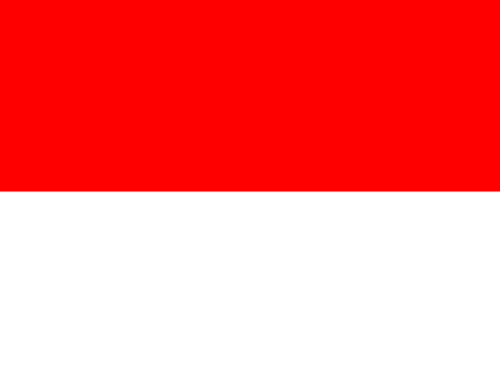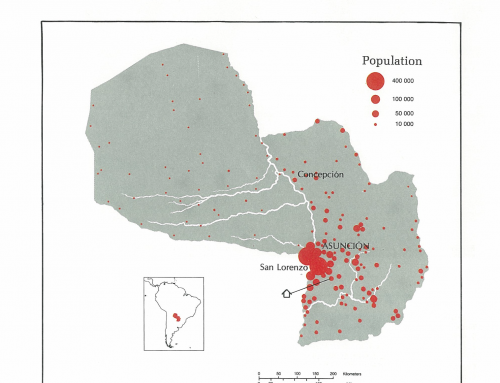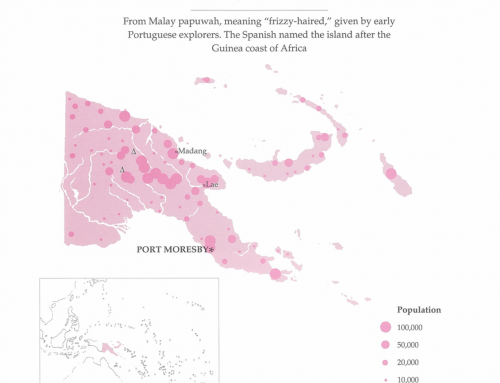THE NAME: From Huron and Iroquois kanata, meaning “village, settlement”
THE PEOPLE: The Canadians
GEOGRAPHY
From the Pacific to the Atlantic:
Rocky Mountains in the west
Western plains in the center
Mountainous regions of Quebec and Labrador
Maritime Provinces: lowlands in the east
Max. altitude: 6,050 m. (19,524 ft.) (Mount Logan)
Area: 9,922,330 sq. km. (3,831,033 sq. mi.)
Density: 2.5 pers.lsq. km. (6.6 pers./sq. mi.) (1986)
Arable land: 5% (1987)
Forest: 33%
Climate: Arctic in the north; subarctic in the center; maritime on the Pacifie coast. From west to east itchanges from mountain climate to moderate, semidry, and moderately wet.
HISTORY
20,000 B.C.: Arrival of Asian tribes across the Bering Strait
1497: Exploration by John Cabot
1524: Exploration by Giovanni da Verrazano
1534: French daim by Jacques Cartier
1663: Becomes a French province
1713: Treaty of Utrecht: Acadia, Newfoundland, and Hudson Bay become British
1763: France grants its possessions to England
1791: Division between Upper and Lower Canada
July 3, 1840: Union between Upper and Lower Canada
1982: Gains total control over its constitution
July 1, 1867: Becomes a Dominion
And then on Wikipedia
CAPITAL: Ottawa, pop. 769,900 (metropolitan area) (1985)




